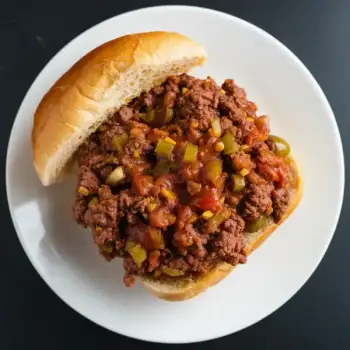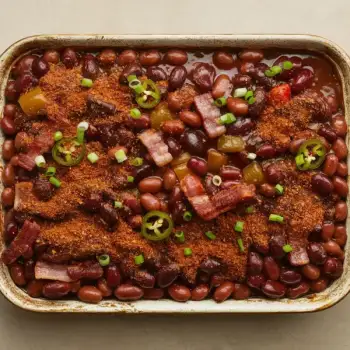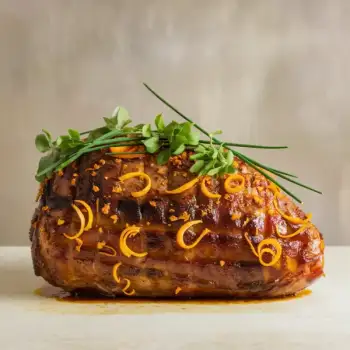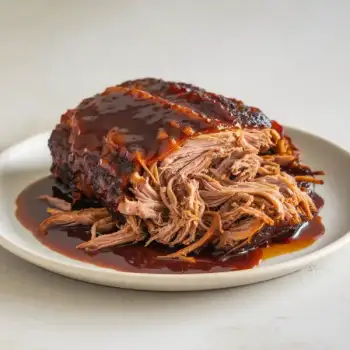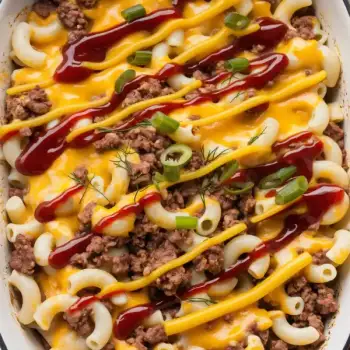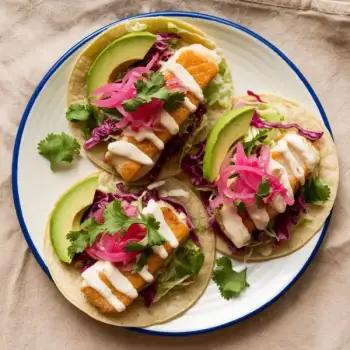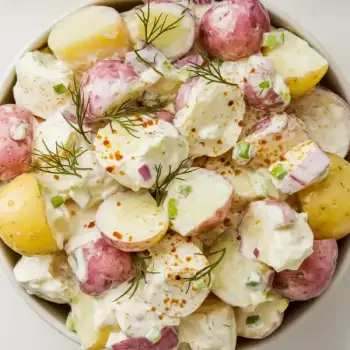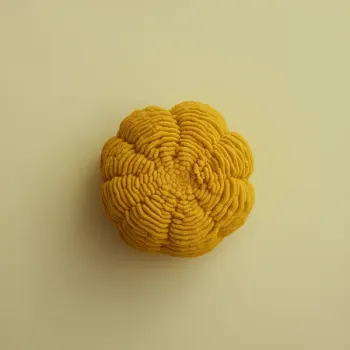


Dijon
A type of mustard that originates from Dijon, France, made with brown and/or black mustard seeds and white wine or wine vinegar, offering a more intense and complex flavor.
Ground
Yellow mustard seeds ground into a fine powder, often used as a base for mustard condiments or as a spice in cooking.
Prepared
A ready-to-use condiment made from ground yellow mustard seeds, vinegar, water, and various seasonings. It's the most common form used in kitchens for sandwiches, dressings, and marinades.
Whole seeds
Intact yellow mustard seeds, which can be used to make homemade mustard or as a pickling spice.




whole seeds: McCormick Gourmet Organic Yellow Mustard Seed
Dijon mustard: Maille Dijon Originale Mustard
prepared mustard: French's Classic Yellow Mustard

Glazing: Mustard can be brushed onto meats or vegetables before roasting to form a flavorful glaze. The sugars in the mustard caramelize under high heat, contributing to a savory crust.
Marinating: Yellow mustard can be included in marinades to tenderize meats and infuse them with flavor. The acidity and enzymes in mustard help to break down proteins, making the meat more tender.
Emulsifying: Yellow mustard is commonly used as an emulsifying agent in dressings and sauces. Its properties help to blend oil and vinegar together for a stable emulsion, creating a creamy texture without separation.




